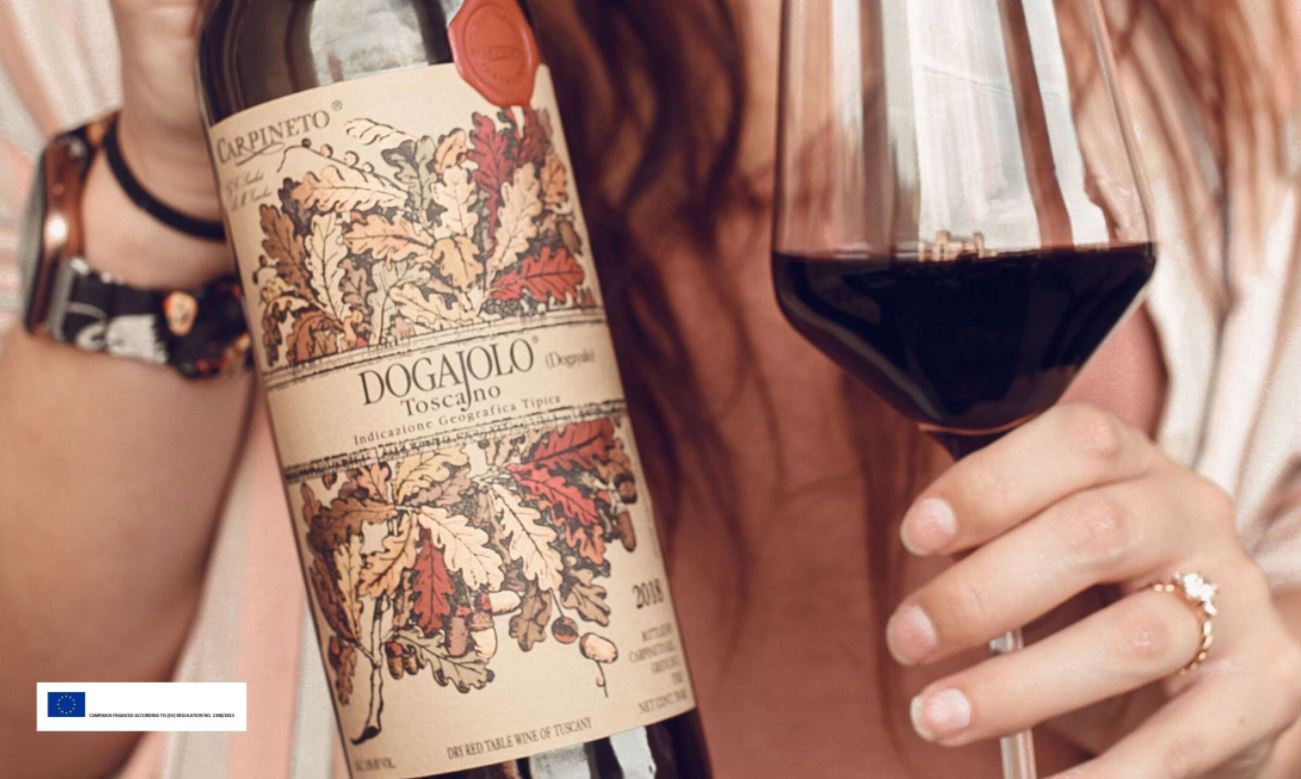Sweet wines or sometimes called dessert wines are the sweetest type of wine. These wines are produced with extra sweet grapes. These wines are best enjoyed as a dessert with sweet foods, or during a wine drinking session with other sweet wines. In order to make them so sweet, the fermentation process is cut short, so the yeast turns all the natural sugar from the grapes into alcohol. There are many ways to stop fermentation, including quick cooling and adding liquor to the wine.
Both methods create a volatile environment where the yeast will quickly die. While there are many different types of dessert wines, there are some very popular Italian sweet wines such as Moscato and Passito. In this article, we will focus our attention on the main three kinds of sweet wine, Fortified Wines, Sparkling Sweet Wines, and Passito Wines.
Fortified Wines
Port, Vermouth, and Sherry are examples of fortified wines. These are wines where a liquor such as brandy is added and thus the final alcohol volume is higher in fortified wines. The most common brandy used in fortified wines is a grape brandy to pair with the flavor of the extra sweet dessert wine grapes used. It also reduces the alcohol taste from the wine. The original discovery of fortified wines allowed for winemakers to prolong the preservation time of the wines.
Sparkling Sweet Wines
Prosecco and Asti Spumante are popular types of Sparkling Sweet Wines. These wines are typically produced with sweet muscat grapes and also sometimes sweetened during the dosage stage of winemaking which is later in the process. The result is a bubbly concoction sometimes compared to sparkling wines like champagne.
Passito Wines
Passito wines are the classic Italian dessert wines and are typically consumed at the end of a large meal or family gathering. They are made by the appassimento process where the grapes are partially dried on straw mats in airy rooms or barns to try and sweeten the flavor of the grapes. As the grapes shrivel up and lose water, they become full of concentrated sweet flavors. After about six months, the dried grapes are gently pressed, and the juice is then fermented in order to produce passito. It is a tedious process, but worth it for the outstanding result.
Both methods create a volatile environment where the yeast will quickly die. While there are many different types of dessert wines, there are some very popular Italian sweet wines such as Moscato and Passito. In this article, we will focus our attention on the main three kinds of sweet wine, Fortified Wines, Sparkling Sweet Wines, and Passito Wines.
Fortified Wines
Port, Vermouth, and Sherry are examples of fortified wines. These are wines where a liquor such as brandy is added and thus the final alcohol volume is higher in fortified wines. The most common brandy used in fortified wines is a grape brandy to pair with the flavor of the extra sweet dessert wine grapes used. It also reduces the alcohol taste from the wine. The original discovery of fortified wines allowed for winemakers to prolong the preservation time of the wines.
Sparkling Sweet Wines
Prosecco and Asti Spumante are popular types of Sparkling Sweet Wines. These wines are typically produced with sweet muscat grapes and also sometimes sweetened during the dosage stage of winemaking which is later in the process. The result is a bubbly concoction sometimes compared to sparkling wines like champagne.
Passito Wines
Passito wines are the classic Italian dessert wines and are typically consumed at the end of a large meal or family gathering. They are made by the appassimento process where the grapes are partially dried on straw mats in airy rooms or barns to try and sweeten the flavor of the grapes. As the grapes shrivel up and lose water, they become full of concentrated sweet flavors. After about six months, the dried grapes are gently pressed, and the juice is then fermented in order to produce passito. It is a tedious process, but worth it for the outstanding result.





